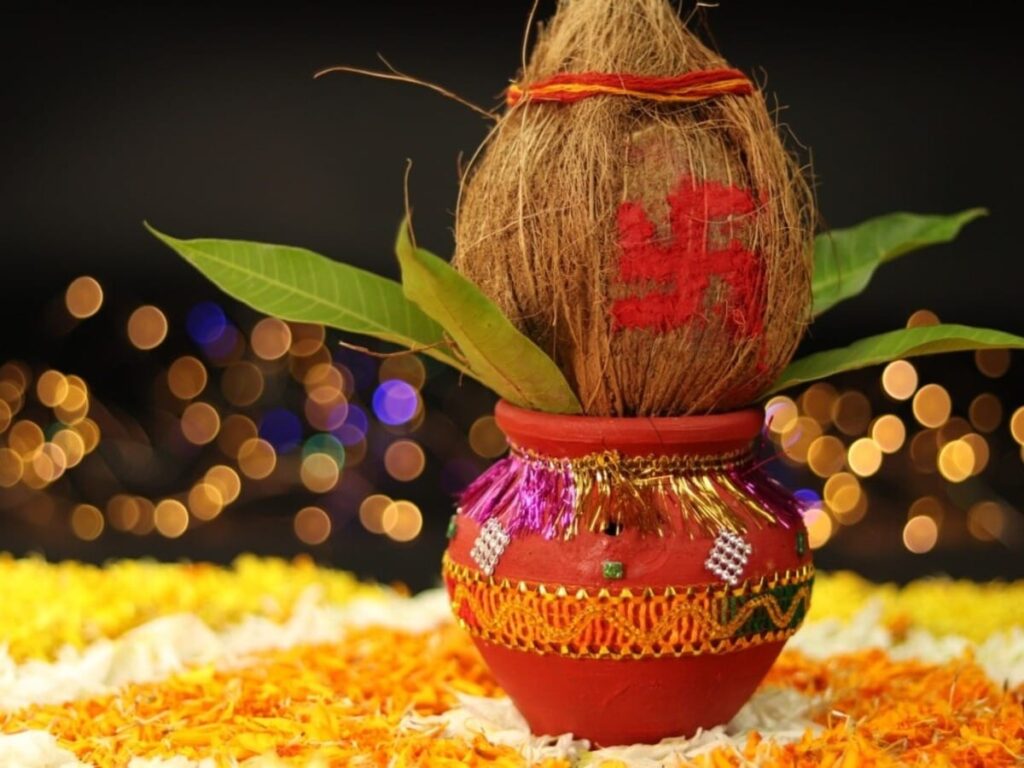Navratri is a prominent Hindu festival celebrated over nine nights in honor of Goddess Durga. One of the key rituals during this festival is the installation of the Kalash, often adorned with a coconut, known as a Sri Phal. This article discusses the significance of the coconut in the ritual, how to properly utilize it post-festival, and various traditional practices related to it.
The Significance of Coconut in Navratri Rituals
The coconut, or Sri Phal, holds immense cultural and spiritual significance in Hindu rituals, especially during Navratri. Symbolizing prosperity, purity, and the offering of self, it is placed at the top of the Kalash to invoke blessings from the divine. During the nine nights of worship, the coconut serves as a medium for devotees to connect with the divine energy of Goddess Durga.
What to Do with the Coconut After Navratri
Once the Navratri celebrations conclude and the Kalash ritual ends, devotees may be uncertain about how to properly dispose of or utilize the coconut. Here are several traditional methods and suggestions:
1. Offering to the Deity
After the Navratri festivities, many people place the coconut back in their pooja room as a continuous offering to the deity. This is believed to keep the divine blessings intact in the household.
2. Use in Prasad
Another common practice is to use the coconut as prasad (blessed food). The coconut can be grated and used in various dishes or sweets, ensuring that it becomes a part of a family meal that retains the spiritual essence.
3. Symbolic Disposal
Traditionally, the coconut should not be thrown away carelessly. Instead, it should be immersed in a sacred river or water body, symbolizing the return of the offering to nature. This is a respectful way to conclude the ritual and connect with the environment.
4. Planting the Coconut
If you wish to keep the connection to the divine and nature, you can plant the coconut in your garden. As it grows, it will serve as a constant reminder of the divine energies and blessings received during Navratri.
Table of Traditional Uses for Coconut After Navratri
| Method | Description |
|---|---|
| Offering to the Deity | Keep the coconut in the pooja room as a continuous offering to the Goddess. |
| Use in Prasad | Grate the coconut and incorporate it into dishes or sweets for family meals. |
| Symbolic Disposal | Dispose of in a river or water body, respecting the traditional customs. |
| Planting | Plant the coconut to grow a tree, symbolizing growth and prosperity. |
Conclusion
The use of coconut during Navratri is profound, enriching the spiritual experience of the festival. Understanding how to manage the coconut post-festival can enhance its significance, whether through continued offerings, culinary practices, or by nurturing it in nature. Each method not only concludes the ritual respectfully but also continues the blessings associated with Goddess Durga in the home and community.
